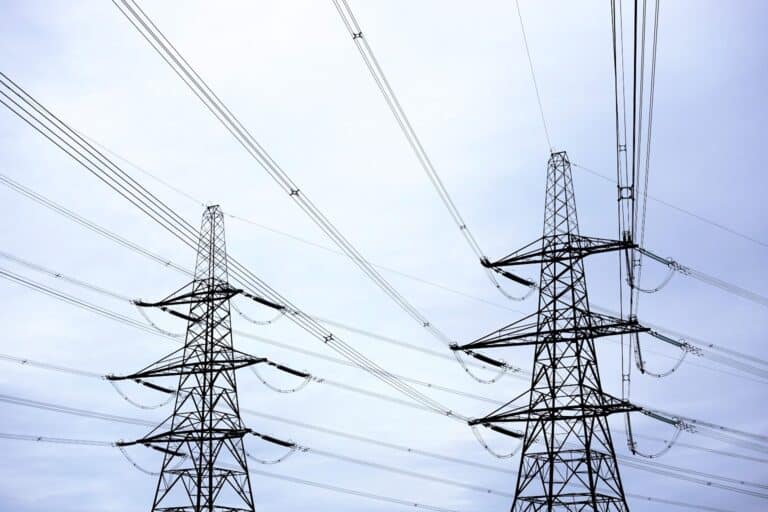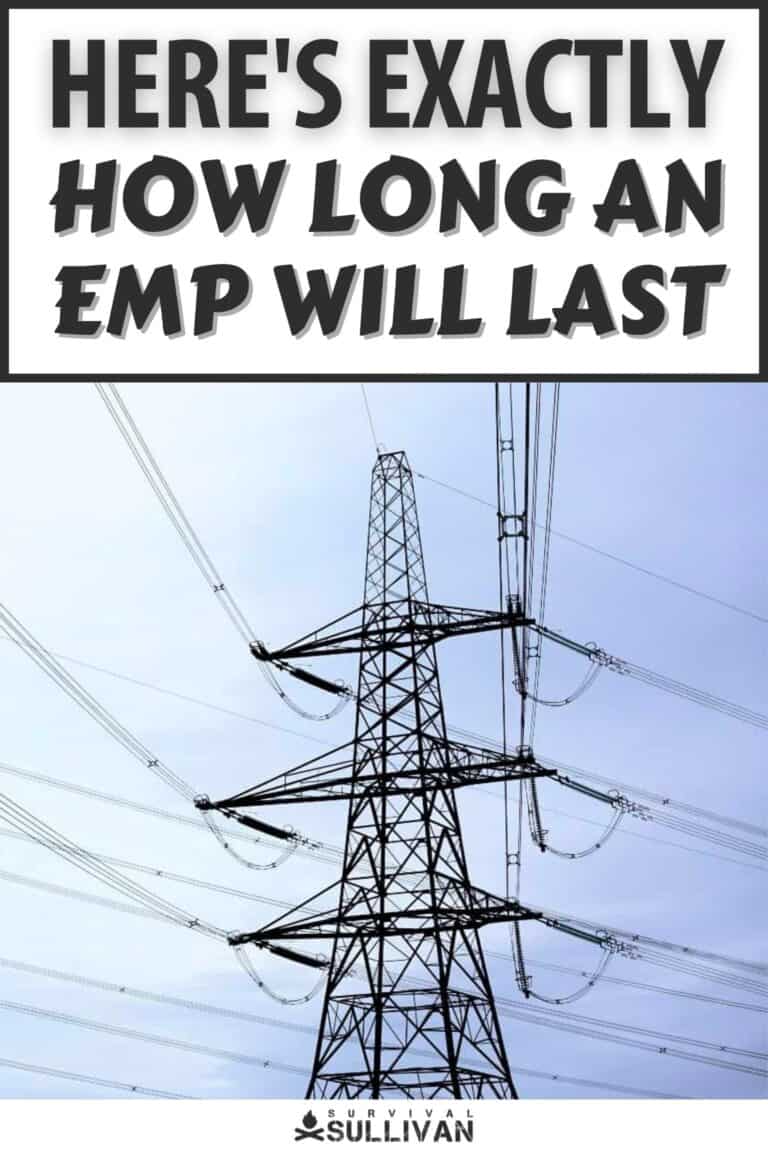By
An electromagnetic pulse or EMP is a burst of electromagnetic radiation that can disable or damage electronic equipment.

This type of pulse can be caused by a nuclear detonation, a lightning strike, or even a geomagnetic storm. While an EMP can be incredibly destructive, it doesn’t last forever.
But knowing how long you need to shelter your equipment before it is safe to remove it is an essential part of being prepared for such an event. So, exactly how long will an EMP last?
And EMP can last from seconds to days. The duration of an EMP can depend on a number of factors, such as the source itself, the intensity of pulse and the distance from the source. In general, a nuclear or non-nuclear EMP will last for a few seconds.
Most preppers imagine an EMP being a blink-and-it’s-over event, but the reality could be quite different.
The effects of an EMP and the challenges associated with it will depend on the duration and strength of the pulse, and the distance from it.
In the rest of this article, we will examine the various factors associated with the timetable of an EMP so you can make a smart decision when it comes to your own preparation.
What is an EMP and What Will it Do to Your Electronics?
In basic terms, an EMP is a burst of electromagnetic radiation. This can be caused by a number of things, such as a nuclear detonation or the sun’s own magnetic field during a geomagnetic storm. When this pulse of energy hits electronic equipment, it can damage or disable it.
The effects of an EMP on electronics are well understood thanks to testing conducted during the Cold War that continues today.
In these tests, various types of electronic equipment were exposed to EMPs of different strengths and durations. The results showed that even a small pulse could cause significant damage to electronic equipment.
For example, a study conducted by the Los Alamos National Laboratory found that a pulse with an intensity of just 5,000 V/m was enough to damage integrated circuits.
This is well below the 30,000 V/m that is typically considered to be the minimum level for a manmade EMP.
How Long Will an EMP Last?
The duration of an EMP will depend mostly on the source or type. For example, a non-nuclear EMP caused by a geomagnetic storm will last much longer than one caused by a nuclear detonation.
The same is true for an EMP caused by a lightning strike. Most EMP’s are practically “near-instant” for our purposes.
In general, though, an EMP will only effectively last for a second or two. This is because the pulse of electromagnetic radiation travels extremely quickly and will dissipate almost as quickly as it arrives.
By the time it reaches electronic equipment, the strength of the pulse has done its damage and is gone.
Some EMP Sources Could Last for Minutes to Days
However, there are some exceptions to this rule. For example, if an EMP is caused by a solar storm, it could last for days or even weeks.
This is because solar storms are cosmically massive and comparatively slow-moving events that can take days to reach Earth.
When they do, they will continually shower or “bombard” the atmosphere and surface with energy until it has swept past.
This means that an EMP caused by a solar storm could potentially pose a continual risk to electronic equipment for days, theoretically even weeks.
This is why it is so important to be prepared for such an event and have a plan in place to protect your equipment.
The Aftermath of an EMP Will Last Far Longer than the Pulse Itself
Of course, when most folks talk about an EMP in the context of a survival scenario they aren’t referring to an EMP as an electrical phenomenon that occurs in a sterile, controlled, safe lab setting.
They are talking about them in terms of the damage that they can do to society and the consequences thereof. And in this regard, the consequences will last far, far longer than any anticipated event.
In the case of a major EMP attack or natural disaster, the effects will be felt for years, possibly decades.
This is because an EMP will not only damage electronic equipment but also disable the electrical grid and any equipment that relies on it.
This includes cars, trucks, trains, planes, and much more. Imagine medical facilities, refrigeration units, water purification plants, and more all being offlined, destroyed, in the blink of an eye…
A long-term loss of electricity will also have a cascading effect on other infrastructure and systems.
For example, the lack of refrigeration will lead to food spoilage, which will lead to hunger and potentially even starvation.
The lack of clean water and sanitation will lead to epidemics of disease. The list goes on.
In short, the aftermath of a powerful EMP will be utterly devastating, and the effects will be felt for a very long time out of all proportion with the speed of the pulse itself.
How Can You Protect Your Electronics from an EMP?
As overwhelming as they seem, it is indeed possible to protect your electronics and other interests from an EMP, and to help fortify and protect your family against the “total systems” losses that they are likely to inflict.
One of the best ways to do this is to utilize a Faraday cage. A Faraday cage is an enclosure, typically made from metal, that absorbs and dissipates the electromagnetic energy of an EMP pulse so that it doesn’t damage the electronic equipment inside.
You can build your own Faraday cage relatively easily and inexpensively, or you can purchase one that is ready-made. Either way, if you have electronic equipment that you want to protect, a Faraday cage is an excellent option.
In addition to using a Faraday cage, there are other steps that you can take to prepare for and protect yourself against an EMP’s effects.
For example, you can develop an emergency plan, stockpile food and water, and learn survival skills.
You can also purchase EMP-resistant (shielded or hardened) electronics, or old-school devices and tools that don’t rely on electricity altogether.
No one knows exactly when or how an EMP will strike, but by taking the steps to prepare now, you can help ensure that you and your family are as safe as possible should the worst happen.

No comments:
Post a Comment